
Thermal optics have long been the domain of the, uh, not poor. While some people have a job that can justify the upfront cost, it has not been a realistic option for the masses. Granted, prices have gone down. But not down to the point of accessibility to the masses. Until now.
Bering Optics is something of an upstart in the Night Vision and Thermal worlds. They have gained a reputation for selling devices in those categories that are an incredible value. And I do specify incredible value, not cheap. Cheap would imply that it does X job, but perhaps not very well or not very durably. Harbor Freight is cheap. Incredible value means it does things equal or better than things that cost more, without rattling apart if you look at it funny.
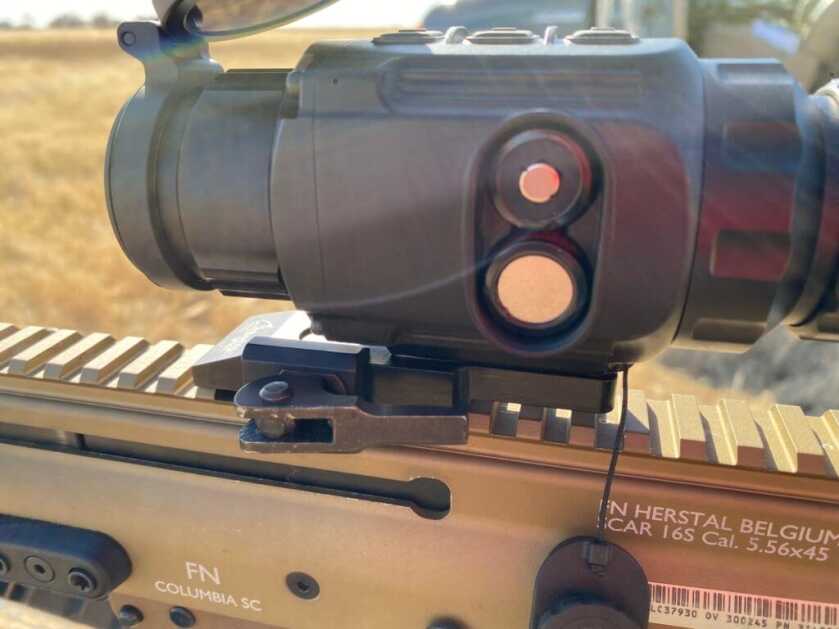
How, exactly? We aren’t really sure. Bering Optics says on their own website that they use globally sourced parts and are assembled in the USA. Which also means less than it once did. Your iPhone is made of Chinese parts and assembled in China. We can’t be sure without dissecting an on loan device, but I suspect that means something quite different in the Bering Optics case.
Russian Night Vision has come a very, very long way in the last 5 years, as has that of other Eastern European nations. Some of the Russian lasers and NVG’s are better than US-made consumer-grade. In fact, we are finding out very rapidly that Eastern Europe can match quality in many precision-type industries to include lenses. It wasn’t that long ago some NightForce products had lenses from the Czech Republic. My detective skills only go so far, but I would suspect many of the internal components of the Bering Optics devices originate what would be behind the Iron Curtain if this was the 80s. Which I do not count as a bad thing. I would much sooner trust Bulgaria, Romania, or Croatia with a durable electronic product than China. I’ve had a Chinese speaker and generator. Do not recommend.
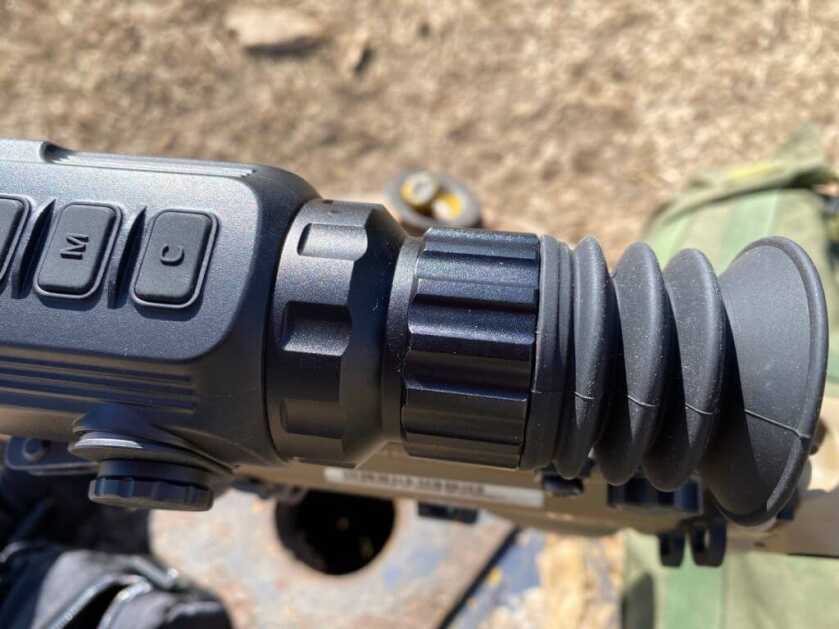
And at the end of the day, the how doesn’t really matter. Bering has been around long enough that their products have been thoroughly tested, and no one can say they aren’t tough. Our test sample of the Hogster Stimulus also proves out the concept of value for the money. As the name implies, the Stimulus was crafted at exactly the price point of Uncle Joe’s “Stimulus” checks for March 2021. And at $1599 MSRP, that is a bold move.
The next cheapest Thermal in the Bering Optics lineup is $2295, a $700 price jump. Which is still way near the low end for a thermal weapon sight. $1599 is nearly unheard of, especially one that is more capable than Spy Kids devices from the Walmart toy section. In order to get the Stimulus model down to that price, they did have to cut out some features. But they left the bones of a very capable system.
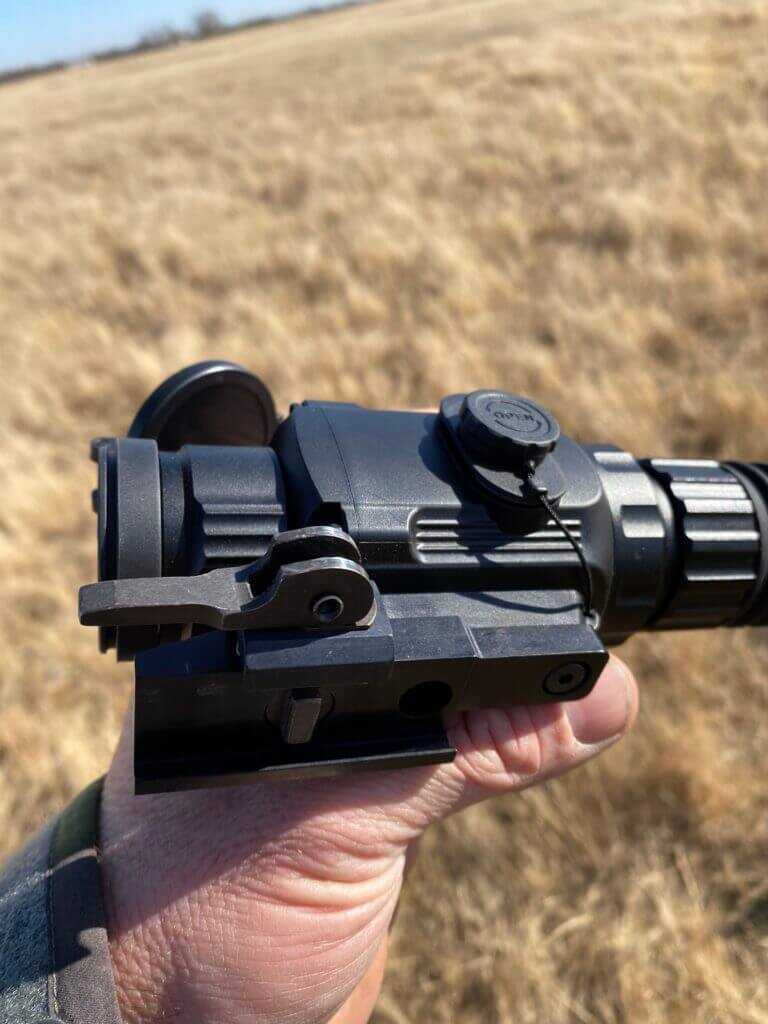
If you aren’t all that into thermals, a lot of the spec sheet is gobbldy gook. It is a lot like buying a TV if you aren’t an electronics guy. There is a lens, a processor, and a display, all that have measurements and meanings. As you might expect, it is not uncommon for a manufacturer to hit the specs everyone knows, while maybe taking some shortcuts elsewhere. That is the equivalent of buying a “Black Friday” special HD TV, only to find out that the processing speed can’t keep up with your kids last-gen X box. Or it has a processor that looks good on paper, but it is soldered to a cheapskate motherboard with third rate beer cans and pixie sticks for flux.
I was hesitant that perhaps the Stimulus had taken similar shortcuts, which proved to be unfounded. Not only does it perform at the rate Bering Optics says it will, they may have understated the capability a bit. Now they did cut out things like the ability to record externally. But the ability of the unit is absolutely on point for the price.
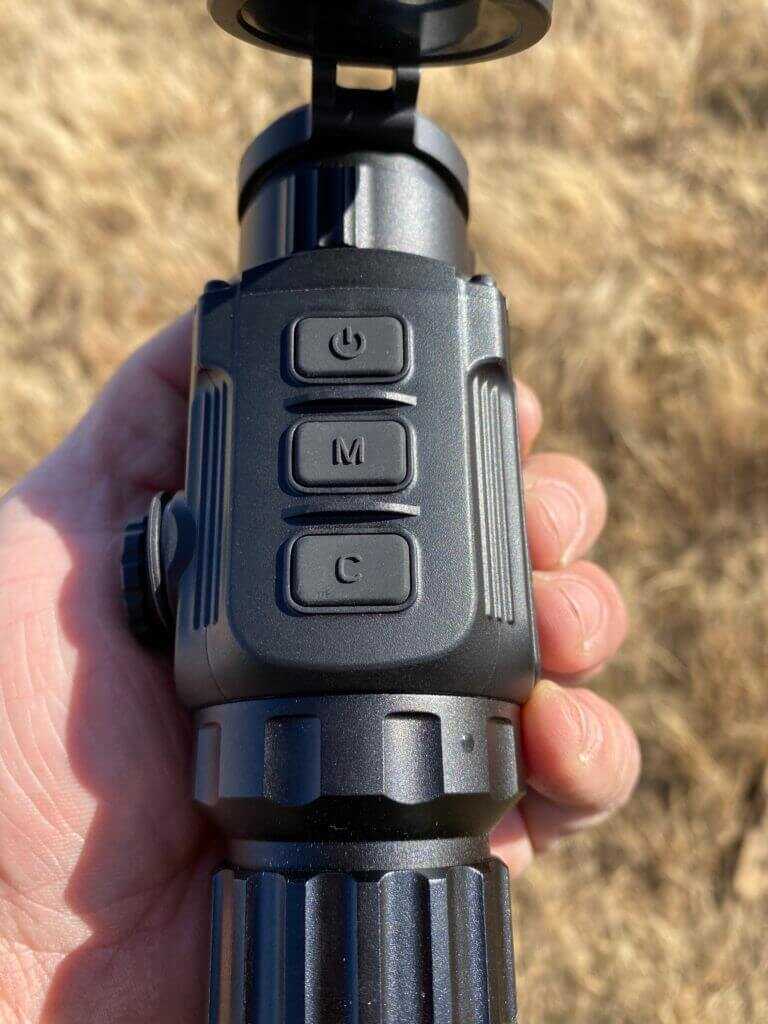
The big one to look at is the image refresh rate, 30 Hz in this case. 30 isn’t great, most of the Bering Optics Thermals are at 50 Hz. What that equates to in the real world is the unit’s ability to create an image of something that is moving. At 30 Hz, something running fast isn’t going to look as smooth. It would be less than ideal to try and take a follow-up shot, say, on a coyote you missed. But for slow scanning, or shooting relatively stationary targets? Not an issue at all.
The detection range, for the price, is also amazing. Now once again, you can play all kinds of shenanigans in testing. Look for a day with ideal humidity and air temperature, and you can push the detection range of a thermal to above normal. This is like a car maker overinflating the tires and taking the CD’s out of the changer on fuel mileage test day. We don’t do that here. I tested the Stimulus over several weeks, in several types of environments, none of which were picked to be nice to Bering.
I would call the Stimulus capable of detecting an animal at 700 to 800 yards, with recognition closer to 150 to 200 yards. That is also animal dependent. Don’t think that means you can hunt nocturnal prairie dogs cause Clay said its good to 200. I tested mostly on cows, which are obviously massive, and a few deer and coyotes. The range shrinks as the animal’s heat displacement gets smaller, obviously. But I would reasonably say the Stimulus will bag you coyotes at 150-200 yards.
For the price, this one is hard to beat. It has some awesome features you wouldn’t expect at $1599. Like 4 polarity spectrums, white-hot, black hot, red hot, and colored hot. A digital inclinometer. And multiple reticle patterns. It performs like a pricier unit should, and uses a very intuitive menu system driving the proprietary electronics. I have no problem calling the Stimulus the best entry-level thermal on the market.


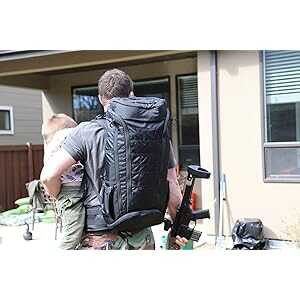
At 30 Hz, that means about 30 frames per minute, right? One frame every 2 seconds? Please correct me if that’s wrong. I don’t think 30 Hz is acceptable. imo
1 Hz = cycle per second
To be really useful, how about a comparison between this and the ATN Thor LT 320 2-4X of similar price point ($1499 for the Thor). Looks to me like at this price, the ATN Thor has considerably better specs.
This article is incomplete with pictures of each of the colors possible and listing the magnification.
The same China companies that make the cores and components for these optics are controlled by the Chinese military and government, and and used by their military.
Let your conscience guide you where you spend your money.
Why no mention of what magnification range it has???
I have the latest and best night vision device known to man called the L-3 model 31 and it turns night time black to daytime black and white but the thermals are better for hunting as they can “see through brush and trees” to pick out heat rather than just a daytime image. At $14000 per unit, the thermals are also a better buy.